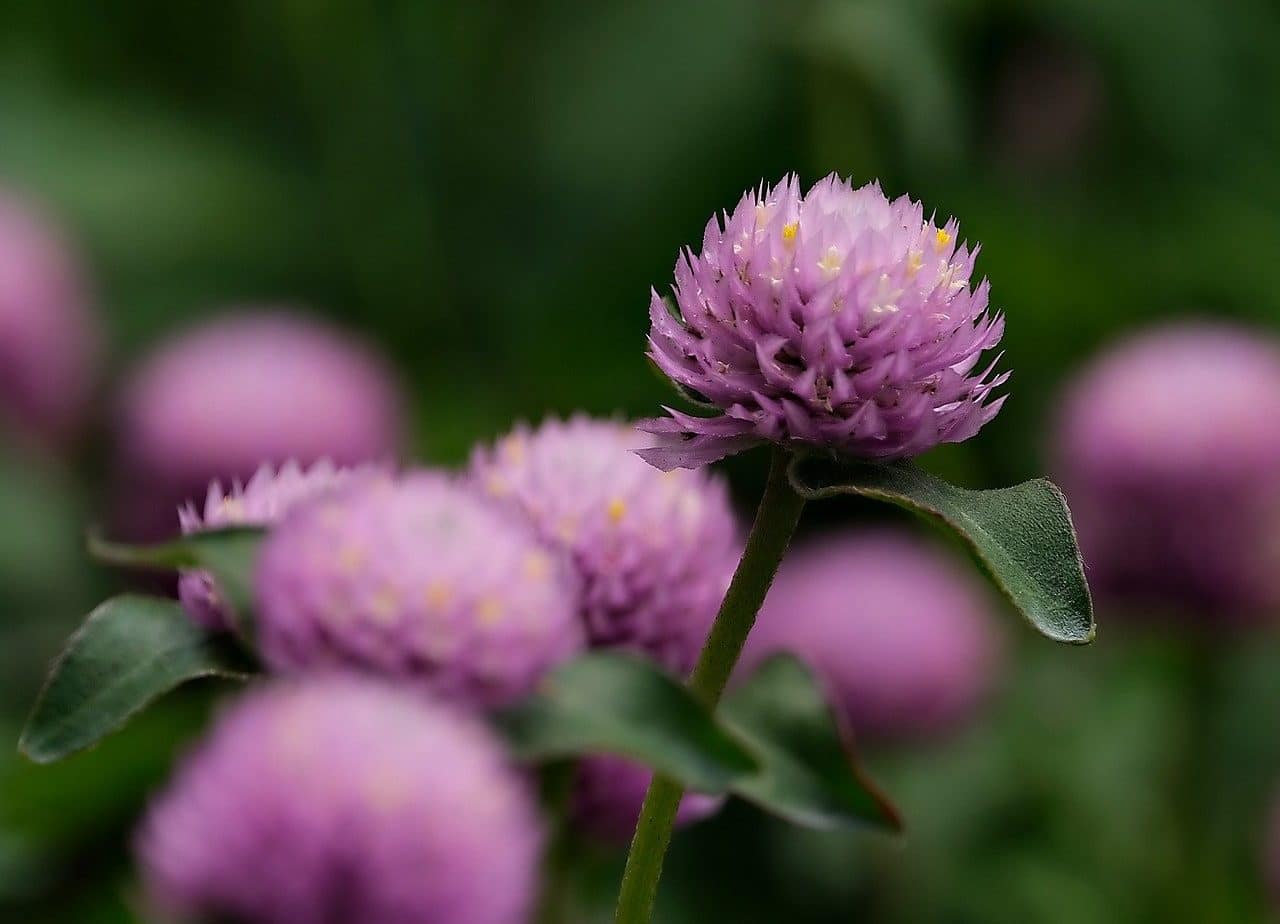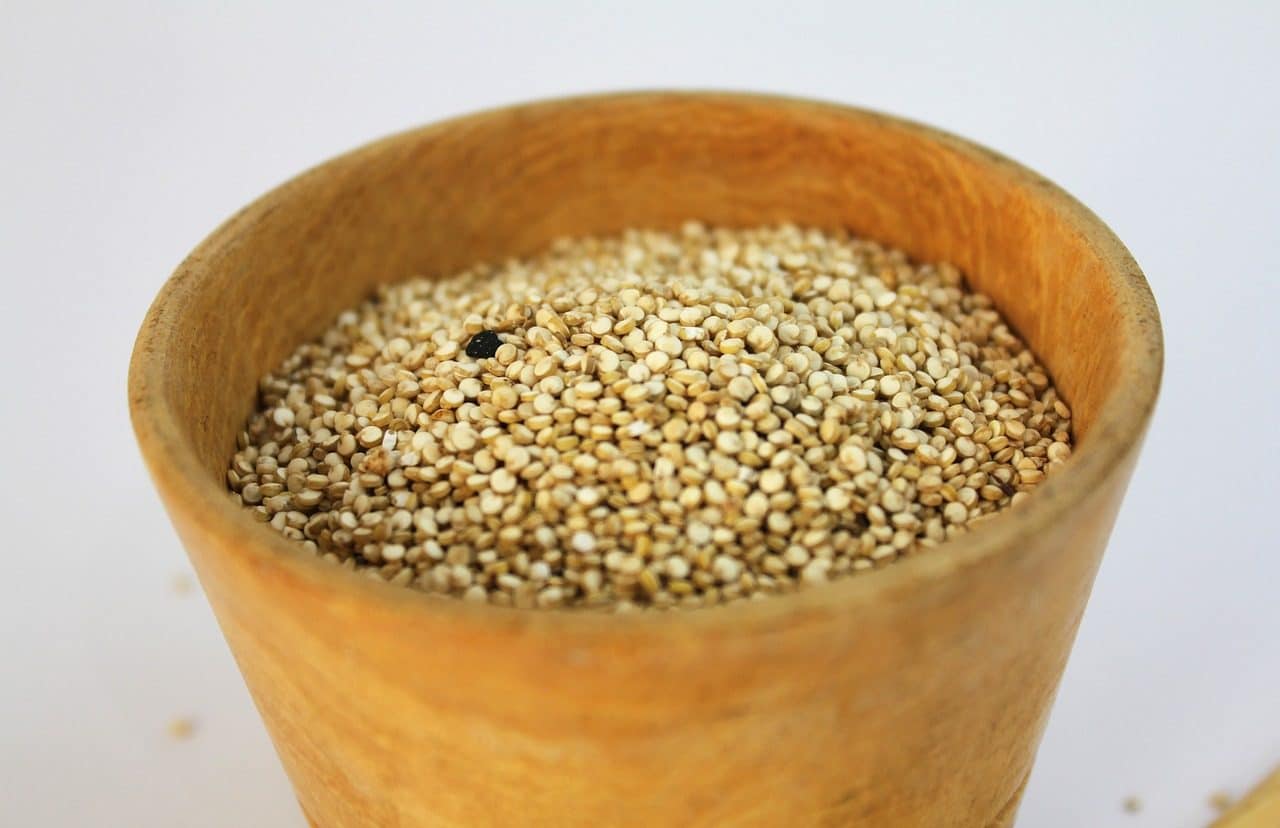
The plant that is part of the Amaranthaceae family is called amaranth.
Amaranth is the generic name for the species that belong to the Amaranthaceae family group. The etymology of the concept comes from a Greek word that refers to that which never withers .
This genus refers to plants that have a considerable thick stem, with oblong leaves and flowers that, depending on the variety, can have different colors. The height of amaranths, native to India, can exceed one and a half meters.
Amaranth is characterized by its resistance . It can grow in humid regions where there is a lot of rainfall, but also in dry areas. Due to its nutritional uses, it is a plant cultivated throughout the world .
History of amaranth
Thousands of years ago, the pre-Columbian cultures of the American continent already used amaranth in various gastronomic preparations , as one of the most important products of their diet , at the same level as beans and corn, largely thanks to its rich protein content. . Flour was made with amaranth grains to make tortillas and breads. They were also used as cereal .
Due to its properties , amaranth was used as an energizer and healing food . Certain peoples also included it in rituals and even considered it sacred: that is why it was among the products they placed in the tombs of their dead. Faced with this situation, the Europeans who arrived in America prohibited its cultivation and consumption, in an attempt to distance the inhabitants from paganism and convert them to Catholicism.
The cultivation of amaranth seed , therefore, dates back to ancient times; in some cases, from several millennia ago. The medicinal properties of this plant are very important, since for centuries they have been used to treat various health disorders.

Amaranth grains have been consumed for thousands of years.
Medicinal properties
Something worth highlighting is that in recent times science has confirmed the validity of the healing properties that have been attributed to amaranth for centuries and millennia , and for that reason many people continue to take advantage of them. In addition to being a good source of protein , it also contains calcium , iron, natural vitamins (A, B, B1, B2, B3 and C), folic acid, niacin, phosphorus and amino acids (including lysine).
Some of its medicinal applications include the treatment of diarrhea, for which an infusion can be prepared, or the prevention of overweight, thanks to its rich fiber content. On the other hand, it can also be beneficial in patients with diseases such as high blood pressure, colon cancer, osteoporosis, hepatic encephalopathy, liver failure, constipation and chronic kidney failure.
If we compare it with rice, one of the most important food products on the planet, we can say that it doubles its protein content. It also surpasses wheat in this same field, with 80% more protein. Regarding the amount of amino acids , it has three times as many as corn.
Preparations with amaranth
One of the preparations with amaranth that is still popular is alegria , a typical sweet from the Mexican state of Morelos . This sweet is made with amaranth seeds and sugar or honey, toasting the seeds so that they puff up. Once mixed with sugar or honey, they are shaped with molds.
The so-called amaranth cereal or burst amaranth can be used in many ways within the food industry . The demand for this product grows day by day in different areas, ranging from general consumption to the health food market. There are even social support movements that use derivatives of this food. Regarding the sales format, burst amaranth can be offered in sacks to be distributed in bulk or in previously weighed and sealed packages.
